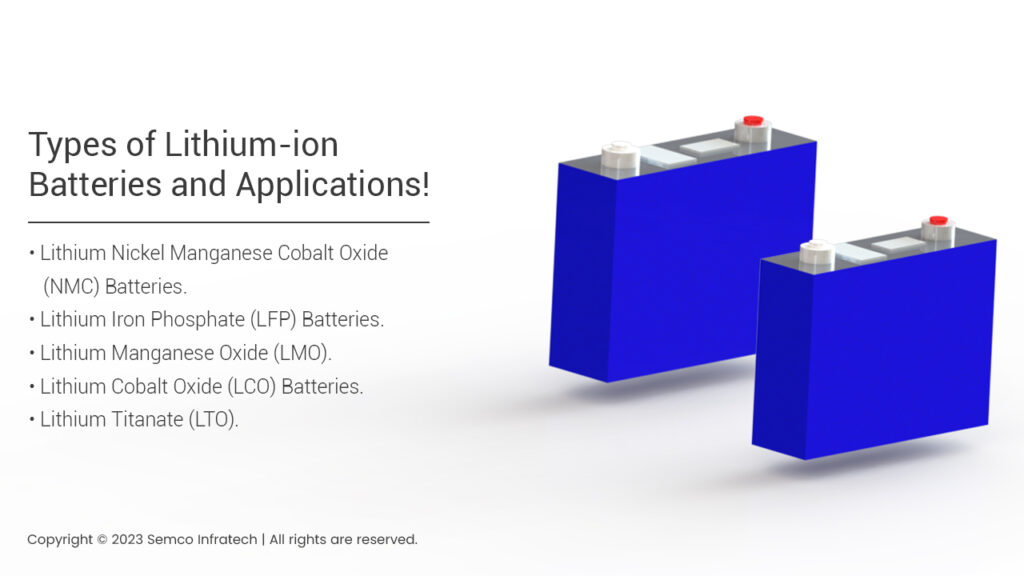Electric vehicles (EVs) are powered by lithium batteries, which have completely changed the automotive sector. This article gives a thorough introduction to lithium batteries, covering their types, history, design factors, safety issues, and the revolutionary technology of BYD’s Blade Battery. This article seeks to give readers a better understanding of lithium batteries and how they will affect transportation in the future, with an emphasis on electric vehicles (EVs).
History of Batteries
Over several centuries, batteries have had an interesting history. From Alessandro Volta’s early discoveries and John Frederic Daniell’s creation of the first real battery to the innovations made by trailblazers like Thomas Edison and Gaston Planté, the search for more dependable and efficient energy storage solutions has fueled the development of batteries. It is essential to comprehend this historical background in order to fully appreciate the astounding advancements in lithium battery technology.
Types of Lithium-ion Batteries and Applications:

For electric vehicles (EVs), lithium-ion (Li-ion) batteries are the best option because of their high energy density, extended cycle life, and lightweight design. This article explores different types of Li-ion batteries and their applications:
- Lithium Nickel Manganese Cobalt Oxide (NMC) Batteries: NMC batteries provide a safe, long cycle life, and balanced energy density. They are frequently found in EVs, industries, and medical equipment.
- Lithium Iron Phosphate (LFP) Batteries: LFP batteries are excellent for heavy-duty EVs and portable electronics because of their long cycle life and superior safety.
- Lithium Manganese Oxide (LMO): Because of their decent cycle life and moderate energy density, LMO batteries are used in power tools, medical equipment, and mild electric vehicles.
- Lithium Cobalt Oxide (LCO) batteries: Compared to other types, LCO batteries have a higher energy density but a lower cycle life and safety. They are frequently found in mobile phones, laptops, and cameras.
- Lithium Titanate (LTO): LTO batteries have a remarkable cycle life and are considered to be very safe. High-end EVs, energy storage systems (ESS), and UPS systems all use them.
Design Considerations for Battery Packs

A number of factors must be taken into account when designing battery packs for EVs, such as cost, energy density, thermal management, and safety. Although it doesn’t go into great detail about battery pack design, this article uses A18650 3.7V 2.6Ah batteries as an example.
- A key factor in maximizing the efficiency and range of EVs is battery pack design.
- Large specific surface area: The ease of heat dissipation made possible by the unique design lowers the risk of thermal runaway.
- Reduced likelihood of short circuits: The internal short circuit risk is reduced by the blade-shaped cells.
- No oxygen release during thermal runaway: This removes the possibility of fires caused by oxygen.
- 50 percent greater volumetric energy density: Higher energy storage capacity is made possible by the Blade Battery’s space-optimization design.
- Long lifespan: The Blade Battery has a projected life of 1.2 million kilometers and can withstand over 3000 cycles.
- Lower cost: The Blade Battery is now more reasonably priced for EV manufacturers thanks to BYD’s considerable cost reduction efforts.
Safety Concerns and EV Fires

Although lithium batteries have many advantages, there are safety issues and the possibility of EV fires. The causes of EV fires and recommended safety precautions are examined in this section.
Both internal and external short circuits can result in thermal runaway and possible fires. Short circuits can be caused by faulty cell manufacturing, contaminated electrodes, or physical damage.
- Overcharging and over-discharging can result in battery degradation and safety risks. This is often caused by inadequate battery management systems or charging infrastructure.
- Exposure to high temperatures: Lithium batteries’ performance and safety may be jeopardized when used outside of their recommended temperature range.
- Mechanical abuse: Internal short circuits and thermal runaway can result from physical damage to the battery pack, such as impacts or punctures.
Adherence to recommended charging practices, the implementation of robust battery management systems, thermal management systems, and other safety measures is imperative for both EV manufacturers and users.
Conclusion
Since lithium batteries have a high energy density, a long cycle life, and better performance, they have completely changed the EV market. The development of EVs depends on an understanding of the various kinds of lithium-ion batteries, battery pack design considerations, and the revolutionary technology of BYD’s Blade Battery. To prevent EV fires, it is equally crucial to address safety concerns and put in place the necessary safety measures. Lithium batteries will advance through continued research and development, opening the door to an electrified and sustainable future.
For More Updates Follow Us
WhatsApp – Facebook – Instagram – Twitter – LinkedIn – YouTube

